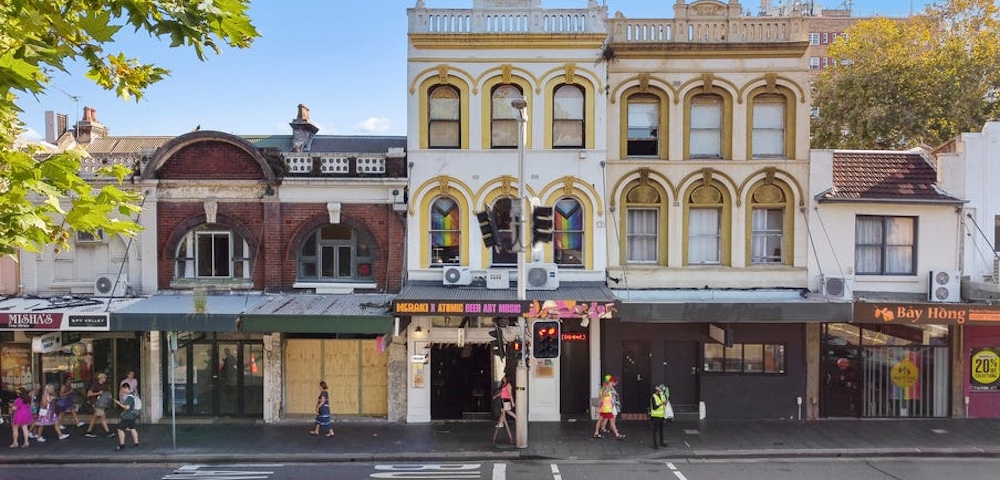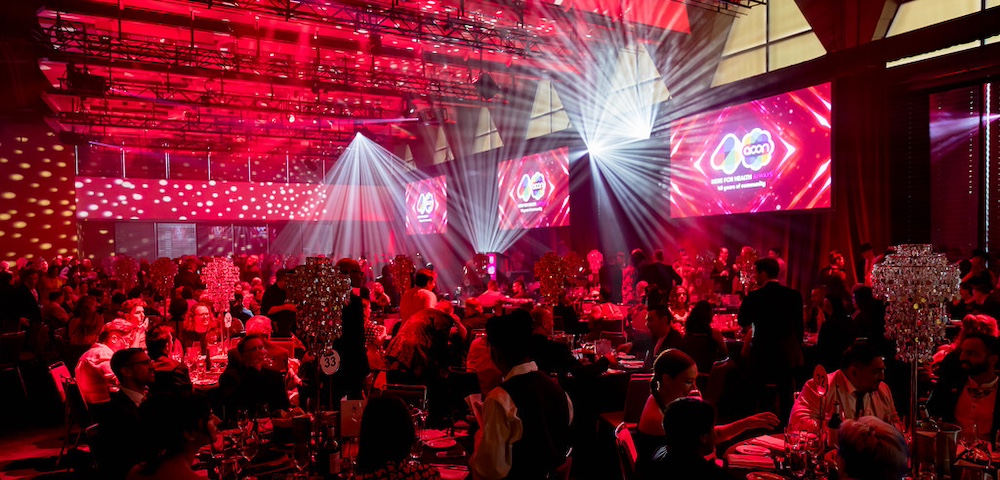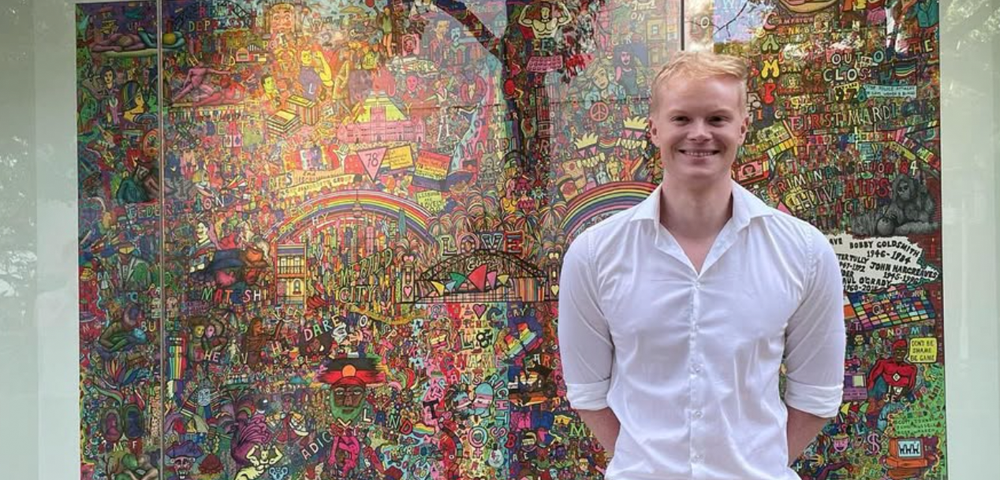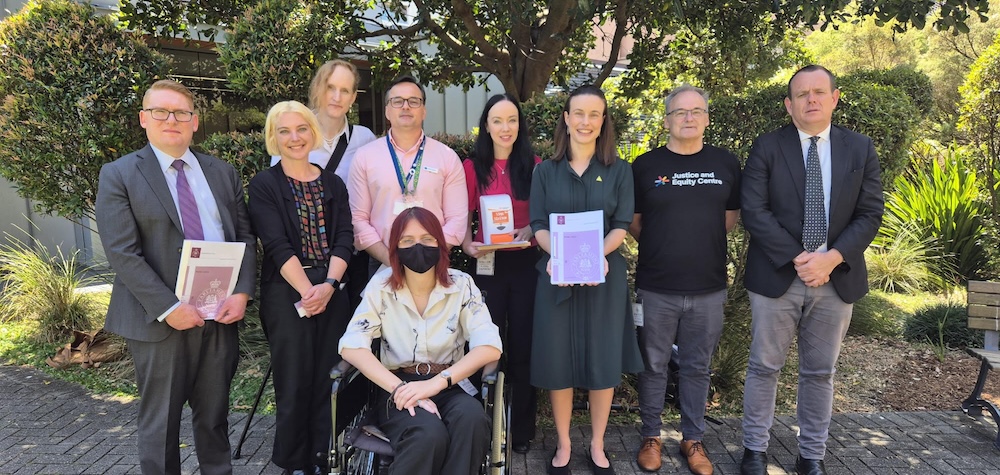
The American take on Queer as Folk
Talk about the right guy for the right job. On the evidence of the first three episodes, Australian director Russell Mulcahy has set the US version of Queer As Folk off to a flying start. To anyone familiar with gay life in a big city, watching this series is like staring into a mirror, one of those flashy backstage showbiz mirrors framed with a ring of seemingly glamorous yet brutally exposing lights.
Queer As Folk (USA) is the whole truth and nothing but the truth -“ in full colour with blaring disco backing: the hilarity and comradeship, deviousness and self-interest, hope and disappointment, lust and desire, hugs and tears, squabbles and scenes, drinks and drugs -“ plus plenty of getting up the next morning and starting all over again.
There was talk that the American version of Queer As Folk was going to be pretty tame compared to the UK version, set in Manchester’s Canal Street and a big hit for broadcaster Channel Four. But if the first three episodes of the US version are anything to go by, the US series certainly isn’t backwards in coming forwards. The English version did break new ground for its radical content and attracted extra attention by happening to premiere around the same time parliamentary debate about the legal age of homosexual sex in Britain was at its most frenzied.
The United States of America might be well known for its moral conservatism, but it also has a massive cable television subculture. This is where people, millions of them, pay to watch shows deemed unsuitable for all those decent ordinary Christian folks that make up the (possibly non-existent) mainstream.
Some of the most popular shows we see here, including Sex In The City and The Sopranos, were created for Showtime, one of America’s most successful pay TV channels. Channel Nine, which has the first Australian rights to Showtime product, could have taken up the American version of Queer As Folk. When it declined, presumably for obvious reasons, SBS jumped at the chance.
It’s a smart move. While Mulcahy says he had to be careful with tone and content in the beginning, with 20 cuts being made to the first episode, he says the show’s enormous popularity has led to a much more relaxed supervision of content as the series has gone on.
And what a hit it has become. Queer As Folk has been Showtime’s highest rating prime-time series, and its highest rating debut series ever. The first series, which ran to 22 episodes, was immediately followed by a second series of 20. All episodes made so far are to be shown by SBS, with a third and fourth US series now in the production pipeline.
Mulcahy played a vital role in the casting, which is brilliant. If you think Joanna Lumley plays a perfect Patsy and Jennifer Saunders the ideal Eddie in the Absolutely Fabulous series, then the same can be said for Randy Harrison who plays the to-die-for naughty puppy Justin and Gale Harold as the older, harder and handsome Brian.
Mulcahy also created the dazzling James Bond-style title sequence and set the tone, the filmic language of the series if you like, while directing the first three episodes. Between other commitments, he returned and directed a couple more episodes towards the end of the first series. By then, says Mulcahy, they were allowed to shoot virtually anything. He says there’s a particularly spicy sequence in one of his later episodes filmed in a sauna which somehow just happened, after several hours in the steam, to turn into genuine reality TV.
If you were in Sydney in the late 1970s, you might have bumped into Russell Mulcahy. That was before a whole swag of our up-and-coming film talent moved overseas to seek fortune and fame.
They included Mulcahy, who went to London and quickly made a name for himself shooting leading-edge pop music videos. He directed the first-ever clip to be shown on MTV -“ Video Killed The Radio Star. Among many others he shot through the 1980s were hits for Culture Club, The Motels, Ultravox, Elton John, Bonnie Tyler, Rod Stewart, Supertramp, Billy Joel, Icehouse, Spandau Ballet and Duran Duran. A lot of Mulcahy’s technical innovations with the camera and stylistic breakthroughs were copied by the dozens of also-rans and wannabes who later moved into the clip-making field.
A decade making big-budget music videos certainly helped transform Mulcahy’s naturally strong visual sense into a powerful technical film vocabulary. Some scoffed at his first full-length movie, the wild boar creature feature Razor-back, shot in the Northern Territory. But its potent imagery led to the offers he was seeking from Hollywood.
Moving to Los Angeles, Mulcahy quickly became a master of the exotic fantasy thriller, directing Highlander and Highlander II with Christopher Lambert and Sean Connery, also Ricochet, Blue Ice, The Real McCoy with Kim Bassinger, The Shadow with Alec Baldwin and Resurrect-ion again with Christopher Lambert.
Having pretty much done all he could with the genre, and frustrated by the cuts producers made to what he regarded as some of his most exciting sequences, Mulcahy returned to living in Sydney about four years ago.
He has since directed the remake of On The Beach with Rachel Ward and Bryan Brown for Showtime, shown on commercial television here. And he is currently finishing the editing of his latest feature film, Swimming Upstream.
Set in Queensland in the 1960s, Swimming Upstream is about a young man’s aspirations to become an Olympic swimmer, starring newcomer Jesse Spencer. Tim Draxl plays his brother, with Geoffrey Rush and Judy Davis as the parents. It’s a serious character-driven film, says Mulcahy, with a strong psychological undertow fuelled by the father’s closeted homosexual past.
Right now, however, Mulcahy is on a roll selling Queer As Folk to the Australian media. It won’t need much selling: he’s only got to get viewers to the first episode and they’re certain to be hooked.
Set in Pittsburgh, but actually shot in Toronto, the American story line has more main characters than the British series, and the lesbians have greater prominence. It looks like more money has been thrown at the US series. If not, then the glossy veneer must be another by-product of Mulcahy’s outstanding visual sensibility.
There’s also the fact that Mulcahy knows his subject well. As he explained to a journalist at The Sydney Morning Herald a couple of years back, My friends know who I am. And I’ve read the Gay Manual.









